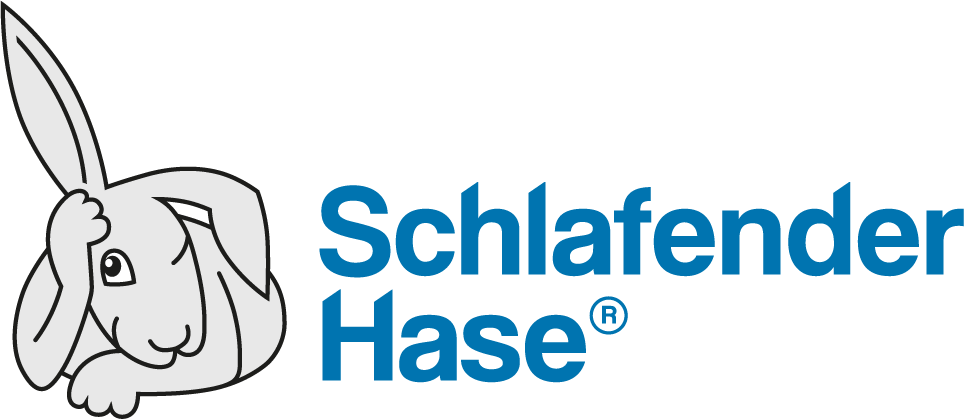Proofreading regulated documents such as regulatory submissions and product labeling and packaging is risky when performed manually. A proofreading mistake can lead to the failure of a new drug application (NDA), delay the launch of a generic, or jeopardize the safety of patients and the efficacy of medicines. Non-compliance in any link along the value chain comes at a very high cost to pharma companies.
Some of the challenges unique to proofreading in pharma are:
- Stringent regulations and compliance with guidelines, recommendations, and formats
- Regulatory environments evolve as new knowledge becomes available. Failure to stay up to date can result in product failure
- Dealing with a large volume of regulatory documentation, often complex or technical in nature
- Maintaining consistency across documents and versions, and managing versions in complex workflows
- Proofreading in non-native languages and working together with subsidiaries in multiple markets, such as proofreading multilingual labeling and packaging artwork files
- Overall risk of litigation, damage to reputation and the financial sustainability of a company, loss of markets through mistakes not captured during proofreading (on top of risk to patient health and reduced drug efficacy due to labeling errors)
The challenge for regulatory professionals
Industry challenges such as these are best met by attracting highly skilled professionals with strong knowledge of the regulatory environment, supported by proofreading tools. From a people perspective, boredom, stress, low employee satisfaction, high employee turnover and even burnout are not just human costs – these also lead to an increased risk of a proofreading error. They also make it more difficult to attract and retain the best people.
What regulatory documents are proofread in pharma?
The list of regulatory documents in the pharmaceutical industry is extensive, and the volume and type of documentation required demand process excellence. The bar for excellence is set very, very high.
In R&D, clinical trial protocols must be drafted and proofread, investigator’s brochures (IBs) have to be created and updated, clinical study reports (CSRs), labeling and packaging materials , submission documents (new drug applications (NDA & ANDA) to the FDA in the US, or marketing authorization applications in the EU), and a myriad of quality documents that have to be written, proofread, approved, revised, proofread again, translated, adapted to local market regulatory requirements, distributed in multilingual versions – and constantly revised. Content flows across these various documents, making workflow and processes – and the risk of error or inconsistency – even more complex. Furthermore, submission documents such as an NDA to the FDA always have their origins in a larger volume of technical documents and formats preceding them. Accuracy is essential throughout.
Strategies for proofreading excellence in Pharma
- Leverage technology for best practices
This increases the job satisfaction of regulatory professionals, allows skilled professionals to use their knowledge in more value-adding tasks, saves time, speeds up turnarounds, eliminates the risk of errors and ensures a high degree of compliance.
- Integrate your technologies into SOPs
The global pharmaceutical company AstraZeneca is a fine example of this. As part of its standard operating procedures (SOPs), AstraZeneca now uses TVT for quality assurance in the development and management of core product information (CPI), market product information (MPI) and the global labeling business process (GLBP). This ensures consistency and accuracy in their global operations.
Martin Rous, Global Graphics Manager in Global Packaging, AstraZeneca, explains, “TVT meets all our needs and more. Since implementing TVT along with the TVT Artwork module, we can be more confident of our results, and that means less stress for our proofreaders. We can also do the job faster – confident we won’t miss any mistakes.”
- Foster a culture of regulatory learning and understand high-risk points
A good medical writer consults with subject matter experts (SMEs), but proofreaders with strong knowledge of the subject matter and ways of using technologies are also the best at their jobs. Foster a culture of learning. Understand the regulatory environment, where the risk of error is highest, and where technology can reduce risk.
- Create efficient proofreading processes
With TVT comparison software, all steps are documented. Reviews are faster because instead of having to manually proofread a document again, reviewers can simply look at the report. Let’s take the example of a labeling and packaging workflow with multiple language versions, national markets and local subsidiaries. The global function might perform an initial comparison of the approved document (in any format) with the artwork file in the local language. The file is then forwarded to experts in the local subsidiary for correction in a second proofreading step and any corrections. When the document is returned, all corrections have been made and all actions documented in the report.
- Maintain useful resources
Standardized style guides for each language, style sheets, terminologies and corporate nomenclature (e.g. brand names) and checklists are just some of the useful resources to ensure consistency. Modules of approved text must also be maintained efficiently for recurring text blocks, ensuring consistency and accuracy across multiple documents. TVT allows you to create custom dictionaries, and will efficiently identify any deviations in text modules in any document or format.
- Evolve with the industry
Regulations change, and so too do industry environments. Examples are the use of electronic labeling (e-labeling, e.g. labeling also provided online) and scanned codes (e.g. barcodes, QR codes), and more. TVT Barcode® will grade a barcode for readability. Furthermore, TVT can be used to compare earlier and current guidelines and immediately see what has changed.
These best practices are not conclusive, but a step along the way to excellence. Examine your proofreading practices to find areas for improvement. We can also help you do this and show you ways to leverage TVT in your workflow.








